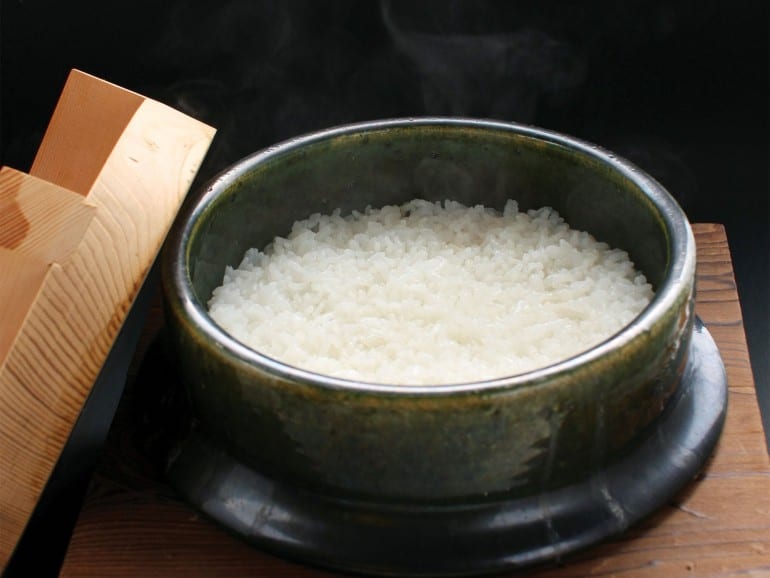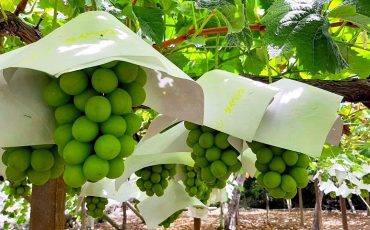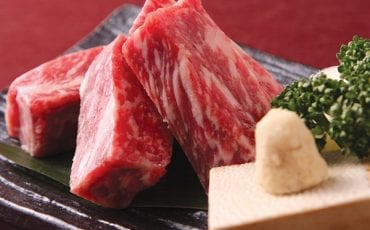Articles
Features
Apr 1, 2014
Cook a Pot of Rice
Rice is such a staple in our everyday diet – but have you ever stopped to think about what goes into cooking this humble grain?

In every Asian kitchen, from generations ago, there has always been a pot of rice. In the early days before electricity became a mainstay in homes; rice was cooked very traditionally in a style called Kamado, where earthen pots (and later, stainless steel ones) were used. These were placed directly over an open fire and it took great skill to cook a perfect pot of rice because of the constant attention it needed.
In fact, even when electricity was first introduced to help with rice cooking in the 1930s, it was still extremely primitive – imagine a wooden rice box with two electrodes attached to each end. To cook the rice, the box was filled with the grains and water, and electricity was switched on. However, this carried a huge risk of electrocution, and wasn’t quite ideal for everyday use. In the 1940s, Sony also released its first rice cooker, among several other inventions. However, it was considered a failure because of the inconsistent result of the cooked rice.
It was only in 1955 where the first fully automatic rice cooker was born from Toshiba, and a year later from Matsushita, changing the way rice was cooked in kitchens every day. It would have made bigger waves in Japan, except it was overshadowed by the innovation of three other products at the time – the television, the washing machine, and the refrigerator. This groundbreaking invention had a simple premise: rice was put into a pot, and water into a surrounding container. As the water in the outer pot boiled away, the increase in temperature activated a thermostat, which automatically turned off the cooker. The only problem was that rice cooled quickly after it was cooked and needed to be moved to an insulated pot to keep warm for mealtimes.
Moving forward, rice cookers became more sophisticated and efficient. They included insulated containers and removable pots, which were usually coated with a non-stick surface and marked with water-level notches to take the guesswork out of the amount of water needed. In 1965, a key feature in rice cookers became available, thanks to Zojirushi – the keep-warm function. This essentially kept rice warm for up to 24 hours and was not just convenient but also helped to keep the growth of the bacteria Bacillus cereus at bay, preventing a major cause of food poisoning. In 1967, Mitsubishi even allowed rice cookers to time when to cook rice and to keep it warm after.
In the 80s, the higher-end electric rice cookers also had microprocessors to help control the cooking process as well as an electronic timer to automatically start the cooking process at a specified time. It was in the 1990s when you could use the rice cooker for so much more, even allowing for different cooking results depending on the types of rice, or whether you wanted the rice to be grainier or more porridge-like. Some even had the ability to make cakes and breads. The Hitachi rice cooker uses pressure and steam induction heating to cook, and efficiently recycles the steam water to keep the rice warm later on.
These days, you can find high-end models made of special materials such as hand-carved pure carbon for the inner pot – this allows for better heat transfer with the induction cooking. And it’s not uncommon to find cookers with rice bowls made of pure copper, ceramic-iron layers or even a diamond coating. Talk about adding some bling to your diet.
(photo fotolia Text Deborah Giam)








